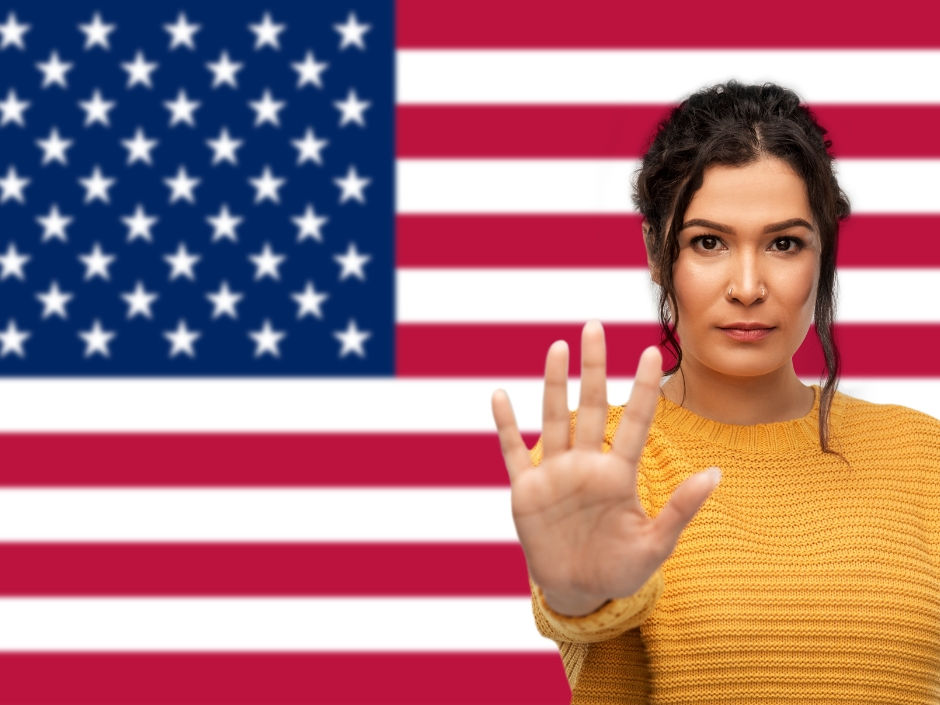Menopause Around the World: Canada—Bridging the Gap Between Free Healthcare and Unmet Needs
- Victoria Harris
- May 18
- 2 min read

Canada is often celebrated for its universal healthcare system, multicultural identity, and progressive values. But when it comes to menopause? The truth is more complicated.
While women theoretically have access to care regardless of income, many find themselves waiting months to see a provider, misdiagnosed, or left navigating menopause on their own.
In both rural and urban areas, the experience is marked by systemic gaps, cultural silences, and—more recently—a grassroots movement demanding better.
In this edition of Menopause Around the World, we explore how Canadian women are managing menopause at the intersection of policy, diversity, and rising advocacy.
Universal Healthcare ≠ Universal Menopause Care
In Canada, every citizen and permanent resident has access to basic medical care through public insurance. Sounds ideal, right?
But for many women entering perimenopause, the experience is frustrating:
Waitlists are long—it can take months to see a gynecologist or hormone specialist
Family doctors receive limited training in menopause, and often default to:
Prescribing antidepressants
Saying “your bloodwork looks fine”
Offering birth control pills as a stopgap
Hormone Replacement Therapy (HRT) is underutilized and often misunderstood, despite being a recommended option in many cases
These issues are even more pronounced in remote and rural communities, where healthcare access is already strained and menopause knowledge is often minimal.
Diverse Women, Diverse Needs
Canada’s population is richly multicultural. From Indigenous and Métis women to immigrants from Asia, Africa, the Middle East, and the Caribbean—there’s no one-size-fits-all menopause journey here.
However, mainstream care often doesn’t reflect this diversity.
For example:
Black and South Asian women may experience more intense symptoms due to metabolic differences, yet feel overlooked in research and treatment
First Nations women may prefer traditional knowledge but find little integration of that in clinical settings
Language barriers and cultural stigma can prevent newcomers from seeking help
Women from minority backgrounds often say they don’t feel heard, understood, or represented in conversations about hormonal health.
A Rise in Integrative & Holistic Approaches
In response to this gap, many Canadian women are turning to:
Naturopathic doctors (NDs)
Functional medicine practitioners
Nutritionists and menopause coaches
These providers often combine:
Hormone testing (saliva, urine, or blood)
Bioidentical hormone therapy (BHRT)
Lifestyle-based strategies (nutrition, stress support, herbal medicine)
The rise of midlife-focused online platforms, podcasts, and support groups has also helped break the silence, especially in urban areas like Toronto, Vancouver, and Montreal.
Even so, these services are largely private and not covered by public health care—creating a two-tiered system where those who can afford it get answers faster.

What We Can Learn
Canada offers a powerful reminder that access to care doesn’t always mean quality of care.
Its menopause story teaches us:
Free healthcare must evolve to include menopause education and proactive care models
Culturally competent providers are essential in a diverse society
Grassroots education—podcasts, community groups, and midlife advocates—can fill the gaps with heart and truth
Canada’s women are leading the way in demanding a more informed, inclusive, and dignified approach to menopause—and that’s something the world can learn from.
Next, we head to Australia—where a culture of openness meets outdated clinical norms, and women are speaking out for change from the outback to the ocean.



